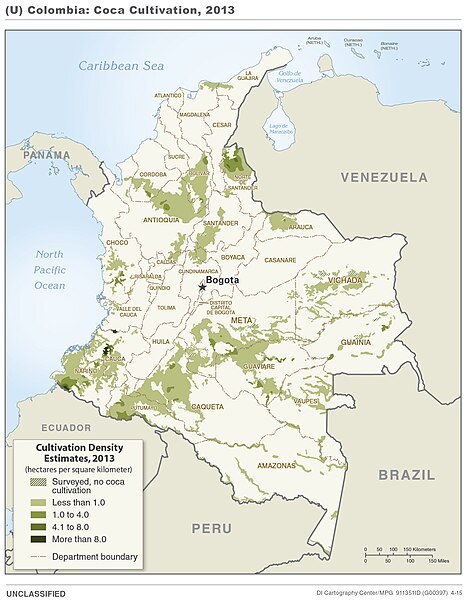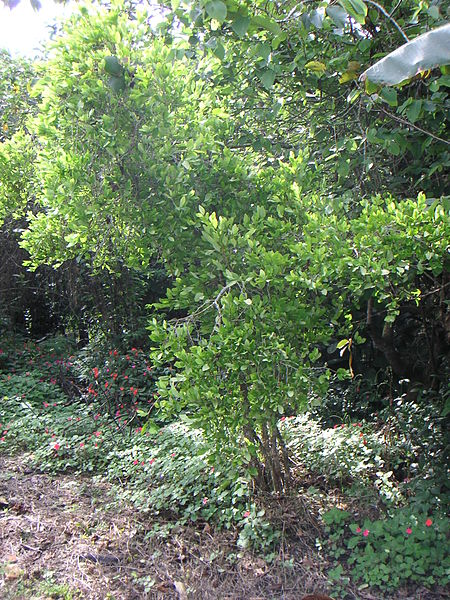Coca eradication is a strategy promoted by the United States government starting in 1961 as part of its "War on Drugs" to eliminate the cultivation of coca, a plant whose leaves are not only traditionally used by indigenous cultures but also, in modern society, in the manufacture of cocaine. The strategy was adopted in place of running educational campaigns against drug usage. The prohibitionist strategy is being pursued in the coca-growing regions of Colombia, Peru, and formerly Bolivia, where it is highly controversial because of its environmental, health and socioeconomic impact. Furthermore, indigenous cultures living in the Altiplano, such as the Aymaras, use the coca leaf in many of their cultural traditions, notably for its medicinal qualities in alleviating the feeling of hunger, fatigue and headaches symptomatic of altitude sicknesses. The growers of coca are named Cocaleros and part of the coca production for traditional use is legal in Peru, Bolivia and Chile.

Coca eradication in Colombia
Source: DEA Intelligence Division, December 2013
Coca is any of the four cultivated plants in the family Erythroxylaceae, native to western South America. Coca is known worldwide for its psychoactive alkaloid, cocaine.
Erythroxylum novogranatense var. novogranatense leaves and berries
Coca tree in Colombia
Leaves
Leaves and fruit






